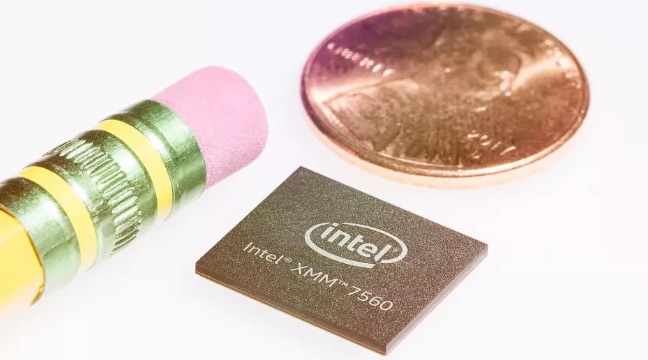A Fast Company report indicates Apple is “leaning heavily” toward using Intel’s 5G modems in future versions of the iPhone. Apple engineers are said to be working closely with Intel on the 5G technology, while the company’s interaction with Qualcomm about 5G modems are described as “limited.”

Fast Company’s “source with knowledge of Apple’s plans, says while Qualcomm’s 5G tech might offer more specialized carrier features, many of those features will not be adopted by the carriers. Apple believes Intel’s 5G tech will be all that is needed for future devices.
Qualcomm’s 5G modem chips offer more specialized carrier features (like “Uplink Carrier Aggregation“), but our source says that many will not be widely adopted by carriers. Apple engineers believe that Intel’s 5G modem will fit its requirements for a future iPhone.
Intel has lagged far behind Qualcomm in the modem market, but has a small army working on 5G, numbering in the “multiple thousands,” the source estimates. The initiative to provide the 5G modem for the iPhone is now considered a “must-win” for Intel.
Intel announced its 5G modem in 2017 at CES. Today it announced that it has “successfully completed a full end-to-end 5G call based on its early 5G silicon … a key milestone in its development.” The modem should be ready for use in an iPhone by 2019 or 2020.
Carriers are expected to begin rolling out 5G networks sometime around 2020. T-Mobile plans to have its own fifth-generation network rolled out by then. Most U.S. wireless carriers are already experimenting with limited trials of the technology.
5G is expected to offer data speeds that are 10 to 100 times faster than 4G speeds, which could hit a gigabit per second or higher, lower latency, and other benefits.


